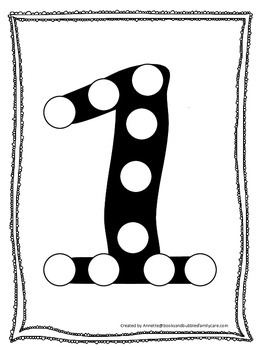Good Fish Oils For Good Health
 Good Fish Oils
Good Fish Oils
Most people know that consuming good fish oils rich with omega 3 fatty acids can enhance both physical and mental health. Studies have shown that health benefits of a fish oil is almost endless as both a preventive and a treatment for a variety of conditions.
What …
3 Tips For Building a Great Salad Bar

You want to throw a great party, but the idea of trying to serve a meal that every guest will love can seem overwhelming. One of the cheapest, easiest and most fun meals for a party is a classic salad bar! This allows you to give your guests options to …
The Reason Behind Why Your Toddler Bites
 Info Why Your Toddler Bites. Every single baby has bit or has been bitten but in case you have a baby that has bit it dosn’t mean that they might be a biter. In daycares studies have proven that around half in the youngsters are already bitten about 3 times …
Info Why Your Toddler Bites. Every single baby has bit or has been bitten but in case you have a baby that has bit it dosn’t mean that they might be a biter. In daycares studies have proven that around half in the youngsters are already bitten about 3 times …
Tips For Helping Your Child Become a Savvy Consumer
 Every holiday from New Year’s to Christmas and everything else in between provides opportunities for families and businesses to celebrate. It offers a time for families to gather and do something special and it gives business a chance to increase their revenues. As a result, the holidays and other occasions, …
Every holiday from New Year’s to Christmas and everything else in between provides opportunities for families and businesses to celebrate. It offers a time for families to gather and do something special and it gives business a chance to increase their revenues. As a result, the holidays and other occasions, …
Hair Care Products for Shiny Beautiful Tresses
 Caring for your hair is as important as caring for your skin. There are different types of it and each type requires different products. It is important to choose the right type of product that suits you, so that it retains its shine and volume.
Caring for your hair is as important as caring for your skin. There are different types of it and each type requires different products. It is important to choose the right type of product that suits you, so that it retains its shine and volume.
Different Hair Care Products
To …
In Defense of Food by Michael Pollan – A Book Review
 Title and Author: In Defense of Food by Michael Pollan
Title and Author: In Defense of Food by Michael Pollan
Synopsis of Content:
In Defense of Food Michael Pollan has given us the most important book on nutrition in this decade. He strikes back at the deluge of diet books and nutritionalism that has confused Americans now for two generations. …
Are You Done With Your Type 2 Diabetes?
 Would you like to sail into the rest of your life without needing to think constantly about your type 2 diabetes and blood sugar levels? I’m sure by now you realize the cause of your diabetes is:
Would you like to sail into the rest of your life without needing to think constantly about your type 2 diabetes and blood sugar levels? I’m sure by now you realize the cause of your diabetes is:
genetics
lifestyle factors
Of course, we can’t change our background … we’re stuck …
